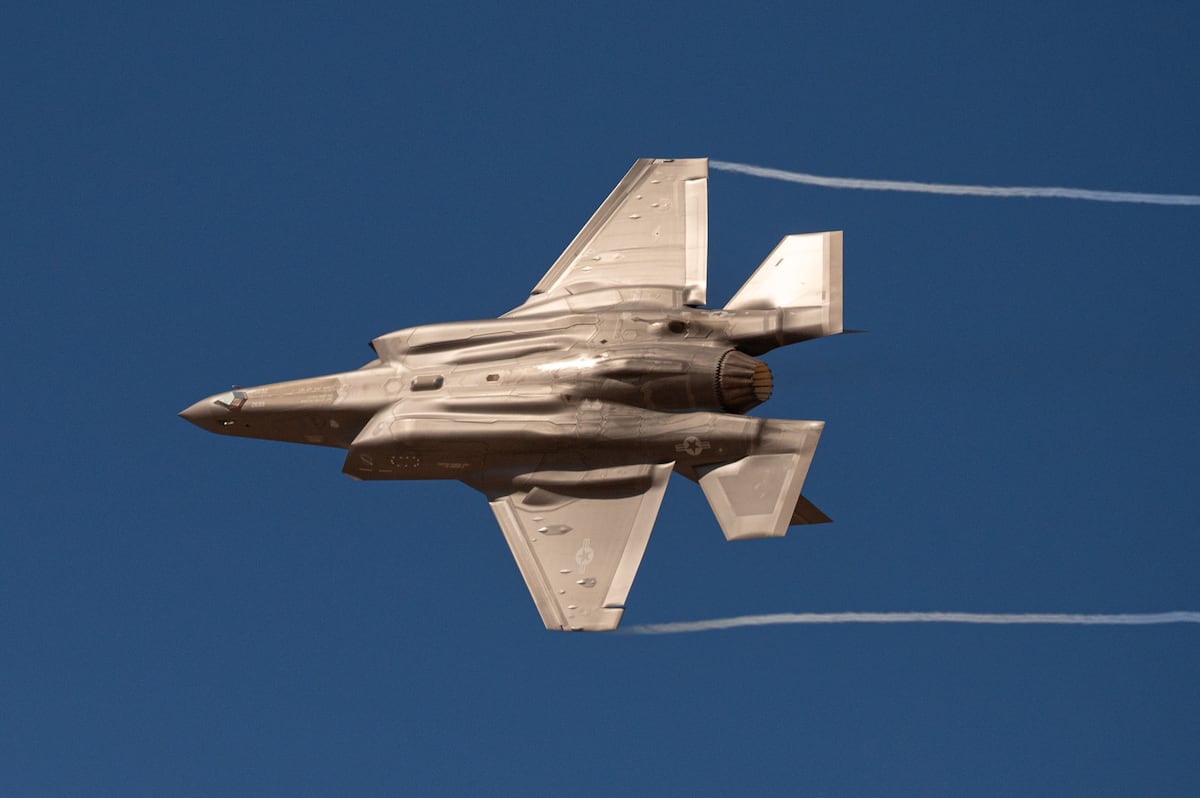Key Takeaways
- Lockheed Martin plans to enhance the F-35 with advanced sixth-generation technology, including improved stealth and potential unmanned piloting.
- The F-35 could achieve 80% of the capabilities of a Next-Generation Air Dominance (NGAD) fighter at half the cost, according to CEO Jim Taiclet.
- Recent upgrades, including Technology Refresh 3, are on track to make new F-35s combat-ready, though some challenges in integration have caused minor delays.
Lockheed Martin is working to integrate advanced sixth-generation technology into its F-35 jet, with upgrades expected to significantly enhance its capabilities. During a recent discussion at the Bernstein Strategic Decisions Conference, CEO Jim Taiclet indicated that notable improvements could be delivered within two to three years. These enhancements stem from technology originally developed for the Air Force’s Next-Generation Air Dominance (NGAD) program, which was awarded to Boeing. Lockheed aims to transform the F-35 into a more potent asset by adapting its NGAD innovations.
Taiclet emphasized that the upgraded F-35 could provide 80% of the performance of a next-gen fighter at half the cost. He likened this enhancement to transforming the F-35 chassis into a “Ferrari.” Potential updates include advanced stealth coatings to better evade detection via infrared and radar, along with modifications to the aircraft’s body shape, particularly around engine inlets and outlets, to further enhance stealth capabilities. The upgraded F-35 may also feature improved electronic warfare systems, networking capabilities, and possibly even an option for unmanned piloting.
Some new weapons designed for sixth-generation aircraft could be integrated into the F-35 arsenal, enhancing its versatility. Taiclet noted that while some of these advancements could be ready for flight testing soon, the introduction of new equipment and software must be carefully managed to avoid disrupting production flows.
Lockheed Martin is exploring how the F-35 can interact more effectively within a broader “family of systems” that includes sixth-generation fighters and drones. “The air superiority program of the future isn’t just about which aircraft is faster or has a longer flight endurance, but how they can interact within a larger ecosystem,” Taiclet explained.
In addition to sixth-generation upgrades, Taiclet provided insights on the F-35’s Technology Refresh 3 (TR3) enhancements, which include an upgraded core processor, expanded memory, and improved displays for pilots. Development of these new hardware components has been completed, with production being handled by L3Harris. The software integration to incorporate these upgrades is also finished.
Currently, F-35s are being produced at Lockheed’s facility in Fort Worth, Texas, where they are receiving TR3 hardware and software installations. Notably, these newer models will also feature a new distributed aperture system, which consists of six antennas that enhance situational awareness. This system is a preliminary component of a more comprehensive upgrade known as Block 4.
However, integrating the distributed aperture system with the TR3 has presented challenges, causing the schedule to lag slightly. Taiclet expressed confidence that once integration catches up, all F-35s delivered will be combat-capable and ready for deployment with U.S. and allied forces by year-end.
The content above is a summary. For more details, see the source article.















